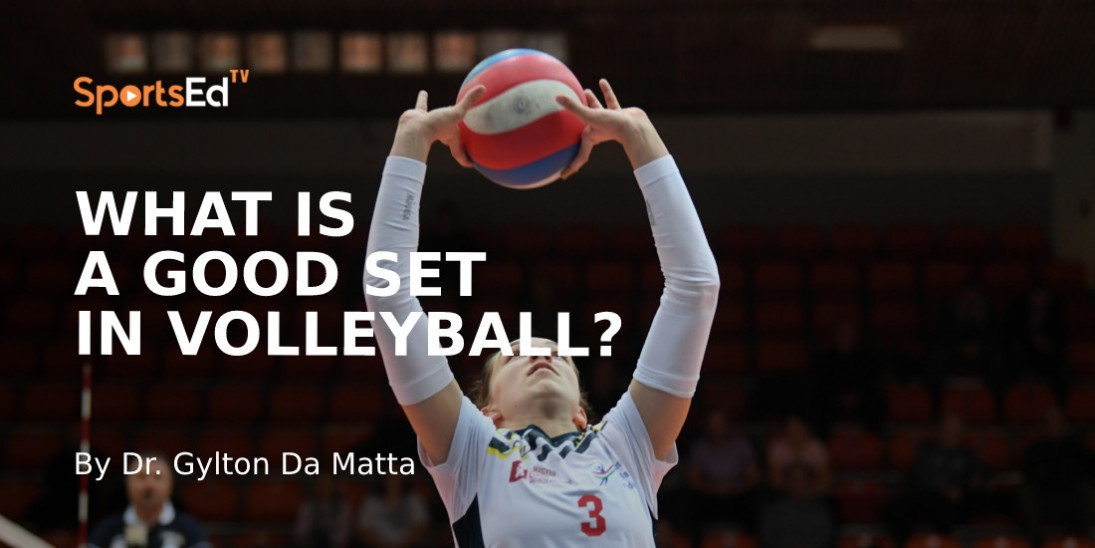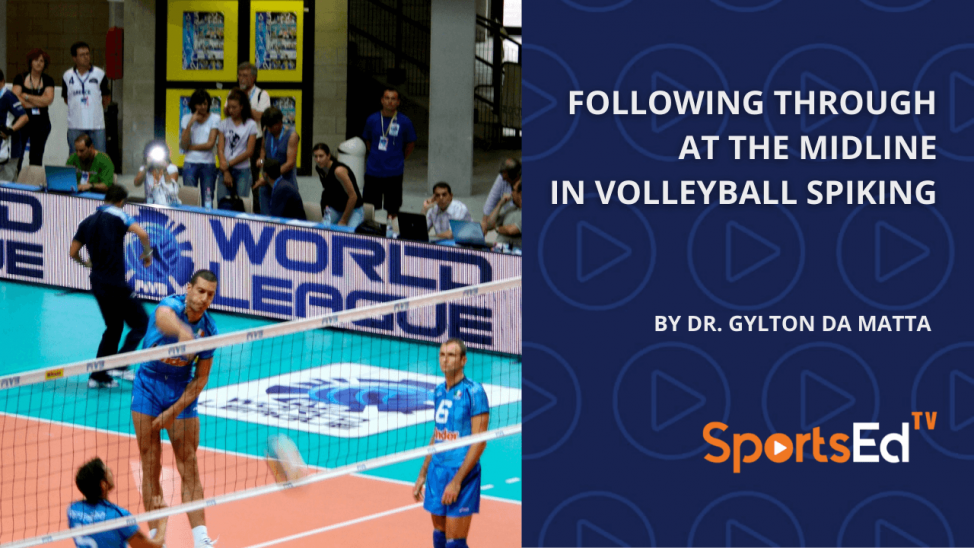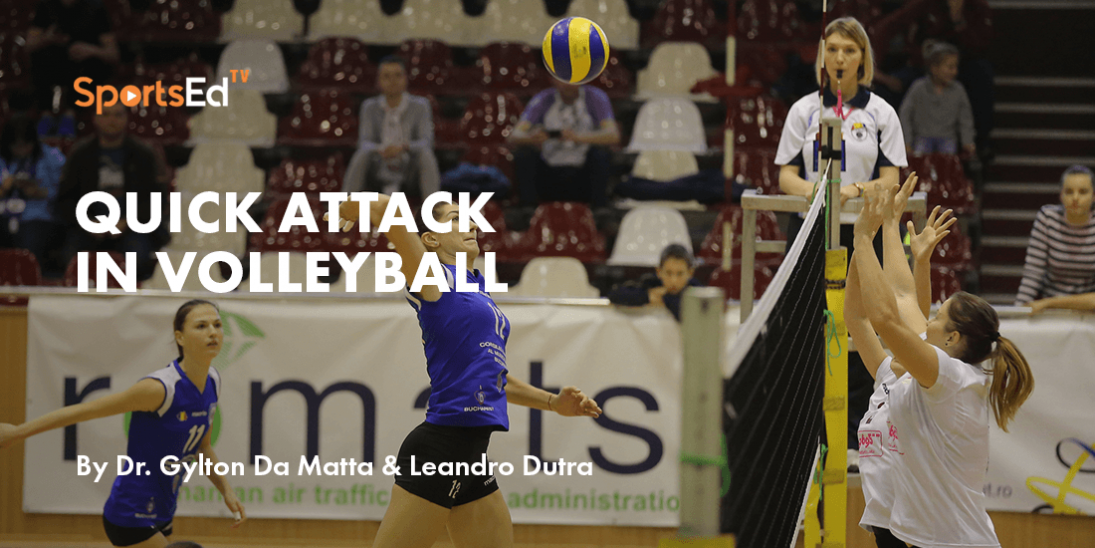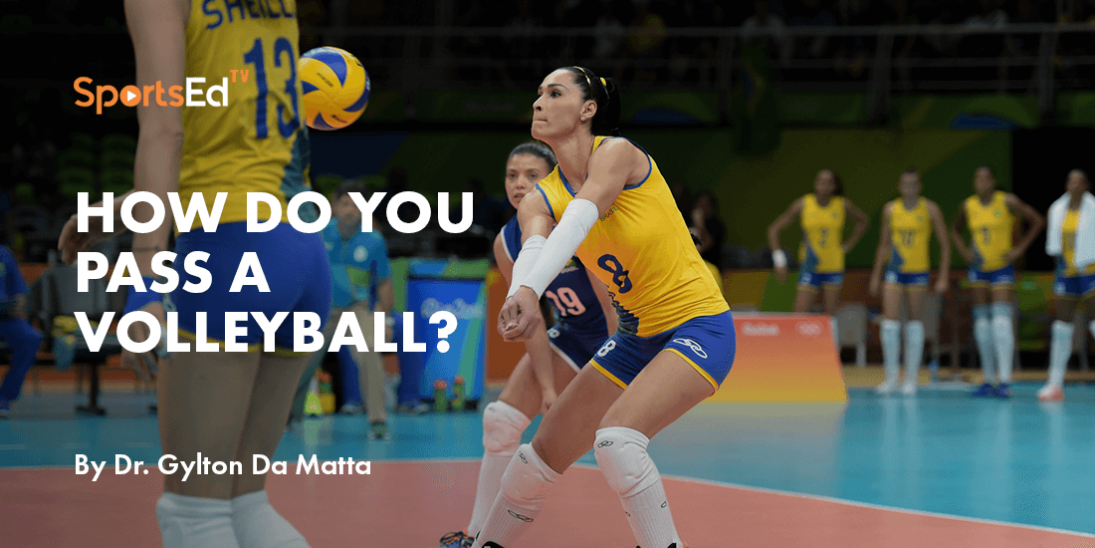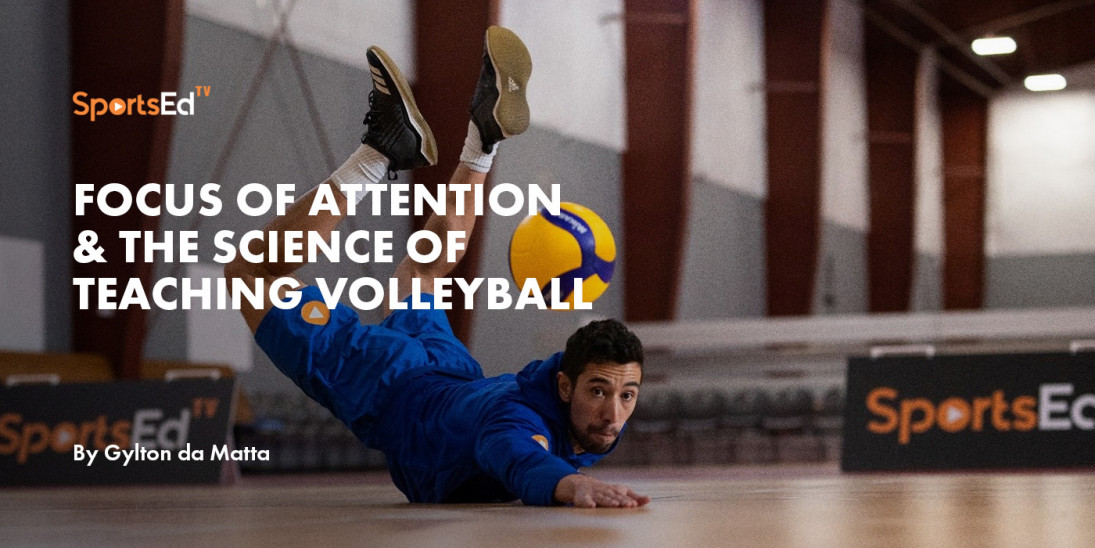Volleyball
Welcome and thanks for visiting...

Planning Key for Successful Volleyball Lessons
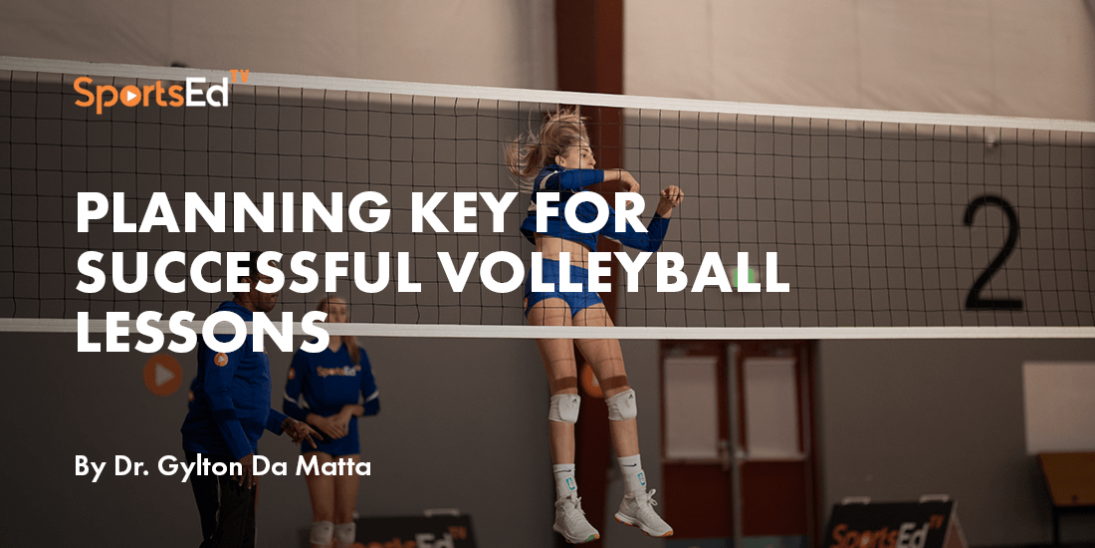
Volleyball is a complex sport in which all skills inherited are also complex. The volleyball seen on T.V. always seems effortless, but such appearances disguise the critical elements of all complexities such as fine manipulative motor skills, striking a fast placed implement, spatial coordination, and the interception of the ball in open situations.
To design very successful lesson plans in volleyball, teachers, coaches, parents, and athletes all must participate in the planning process one way or the other. The guidelines from Sports Pedagogy, didactics, and methodology of teaching highly recommend defining the space, time, equipment available, and who will be involved in the teaching-learning process (that includes the coaches and players as well).
Space, area, context
Overall, the space for learning volleyball skills needs to be clean, on a volleyball court smooth surface, on a volleyball court delimited by a net, and preferably with very good lighting. What is the space, area, or surface that the volleyball content will be taught (wooden floor, sand, grass, cement, asphalt, solid dirt, rubberized floorings, etc.)
What to teach
The organization of tasks must be aligned with the purpose of the sessions. For instance, does the teacher want to propose (a holistic approach) learning game-like drills, small-sided games or does he/she intend to teach parts of the game, parts of the fundamentals, or a specific technique (the analytical approach).
What will be the distribution of practice?
When practice starts what will be the organization of practice. Will participants be able to do their practices through lots of repetitions with little or almost no interruptions or no intervals? This is called blocked practice.
Or will players be able to do one task, rotate into a different station, return to a different skill and then perform a third skill? This is a randomized practice.
What is the sequence of tasks?
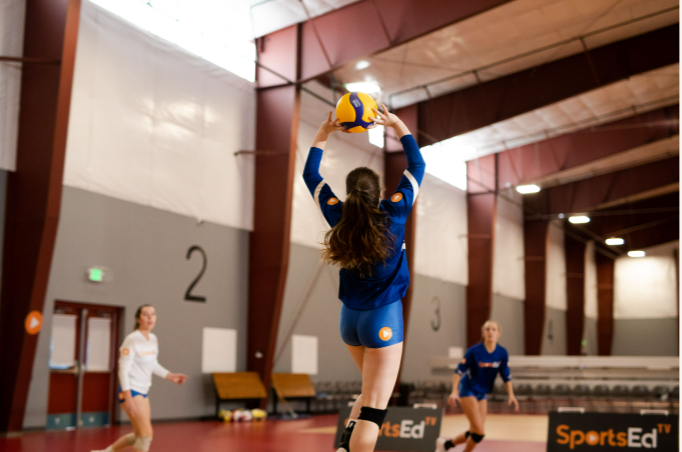
The whole-part-whole approach in volleyball is sequential and all patterns must be aligned. Once the players are informed what tasks will be taught. Is there a developmentally appropriate progression of those tasks (developmental analysis)? Following the informing task, will the coach/teach propose a new task (which is called an extension task), then will the coach provide specific feedback to that task and improve the quality of that task (refinement task), or will he/she allow participants to execute those tasks into a game situation (application tasks)? Maybe, will participants immediately engage in performing another task, followed by positive congruent feedback, add more refinement tasks, and finally combine that task will the previous mastered task in a process of accretion which will culminate with playing the game (this is motor skills acquisition cycle).
What is the level of volleyball skills acquisition?
As I have mentioned before, volleyball is a complex sport because all fundamentals of the game inherently consist of complex motor skills. So, to teach efficiently, the teacher/coach must identify what is the level of the players regarding learning that specific skill. Are participants at the early, intermediate, or advanced stage of learning those skills? For instance, if participants want to learn how to serve the volleyball, do they demonstrate features of being at the cognitive, associative, or automatic (autonomous) stages of learning complex fine volleyball contextual skills? For each level or stage, there is a different approach that will make the lesson plan to be more effective or not.
Equipment
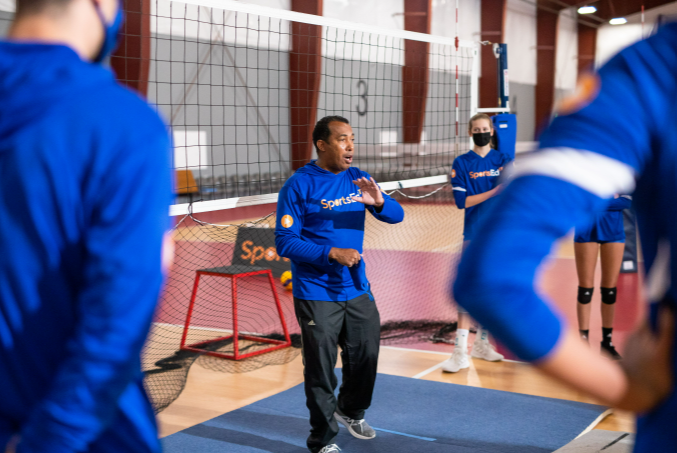
When learning volleyball skills what equipment is available? What is the quality of all equipment? Are they adequate and clean? Are they calibrated? Are they safe? In the case of volleyballs, are the volleyballs appropriate to the development of all players? In a volleyball session, would you allow one player to perform a task with one given volleyball and other players with another type of volleyball? The customization of equipment is one important factor to assure the quality of practice and effectiveness of learning.
When you are teaching skills on the net (Dynamical Systems Theory), do you manipulate the height of the net according to the purpose and quality of skills being taught?
For instance, if you want players to open their hands and acquire more strength when setting, do you use a progression of setting with a basketball, then setting (catching and pushing) a 3 lbs. medicine ball, and then using the regular volleyball? Using such variability of equipment in a deliberate practice situation is very useful to increase the learning rate and the quality of performance.
Time of the task
Top lesson plans in volleyball required enough amount of practice or participants' engagement in the task (amount of learning time) along with ample opportunity to participate (practice repetitions and/or opportunities to execute the task). Are you sure that all players are touching the ball with quality and appropriate quantity to assure learning? A simple tally of how many times each player is touching the ball can assure success. In many cases, it is important to pause or to have a break to allow the brain to process huge amounts of information. So, it is wise to have a good ratio of activity/ rest for each 15 to 20 minutes of the session.
People, players, and participants
Finally, do your students/athletes/participants have a say in your practice? Do they help you to run drills so that they can increase their skills by helping to train their peers? So, these are some fundamental questions that determine a great and successful volleyball practice. One very effective way to allow your athletes to participate in your practice designs and/or lesson plans is to do peer assessments. Players can film each other, run drills, and help you (the coach) to provide effective supportive feedback in practice, but for such, it is critical that teachers/ coaches allow it to happen and that you (as a leader of the process) teach them how to effectively participate in your practices (well, their practices).
Conclusion
In sum, teaching volleyball is a very complex task, but it can be so much fun. Indeed, fun is the name of the game. If you are doing a volleyball practice and your players are frowning then you should implement some games, some joyful activities and make sure that they are enjoying playing volleyball. The lesson plans do not need to be perfect but you need to know that with the imperfections of life, players can enjoy their successes and their mistakes too.
In my opinion, there are no secrets about how to teach volleyball but, you as a coach and your players should have long smiles for at least 50% of your practice. Playing volleyball embraces the movement, the human relation, and all the attention needed (psychomotor, affective, and cognitive domains). It is up to you to make the volleyball experience an extraordinary fun time!
Cheers and thanks, Dr. Da Matta

